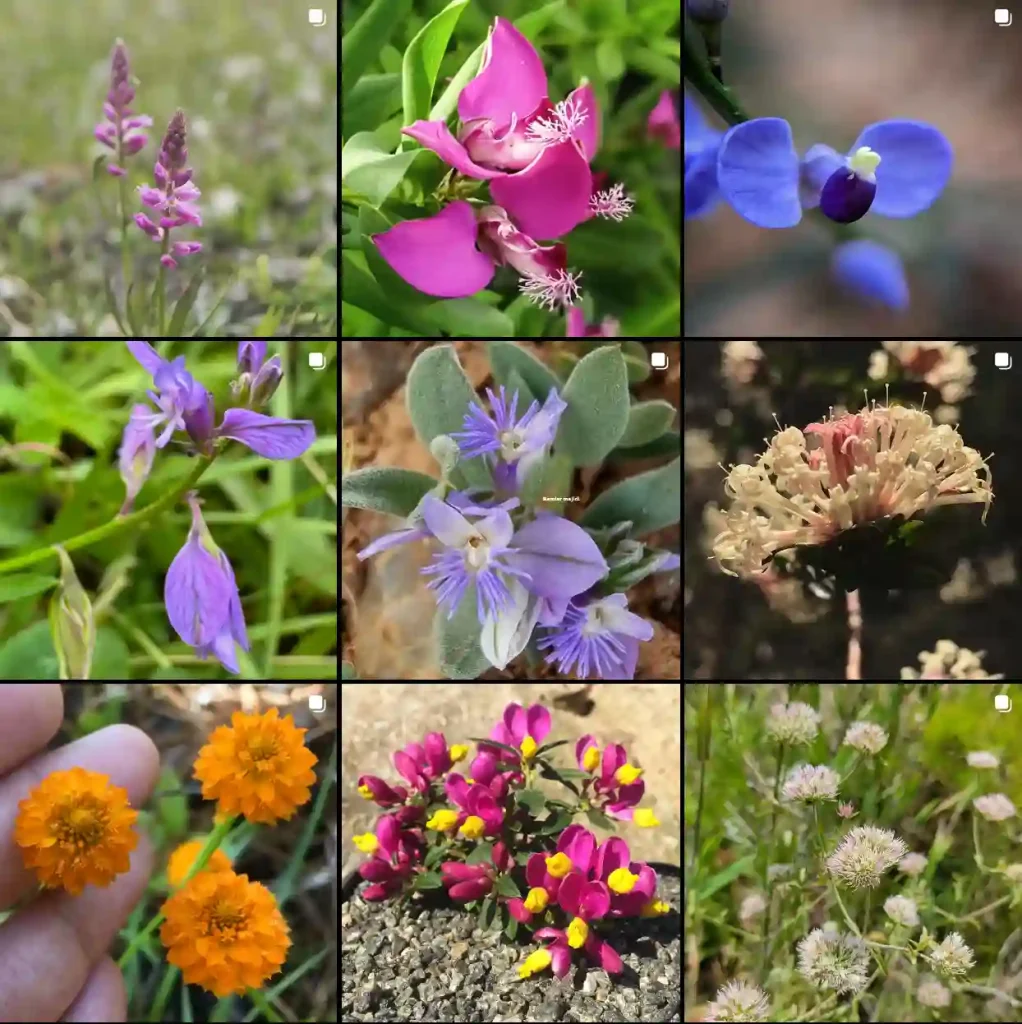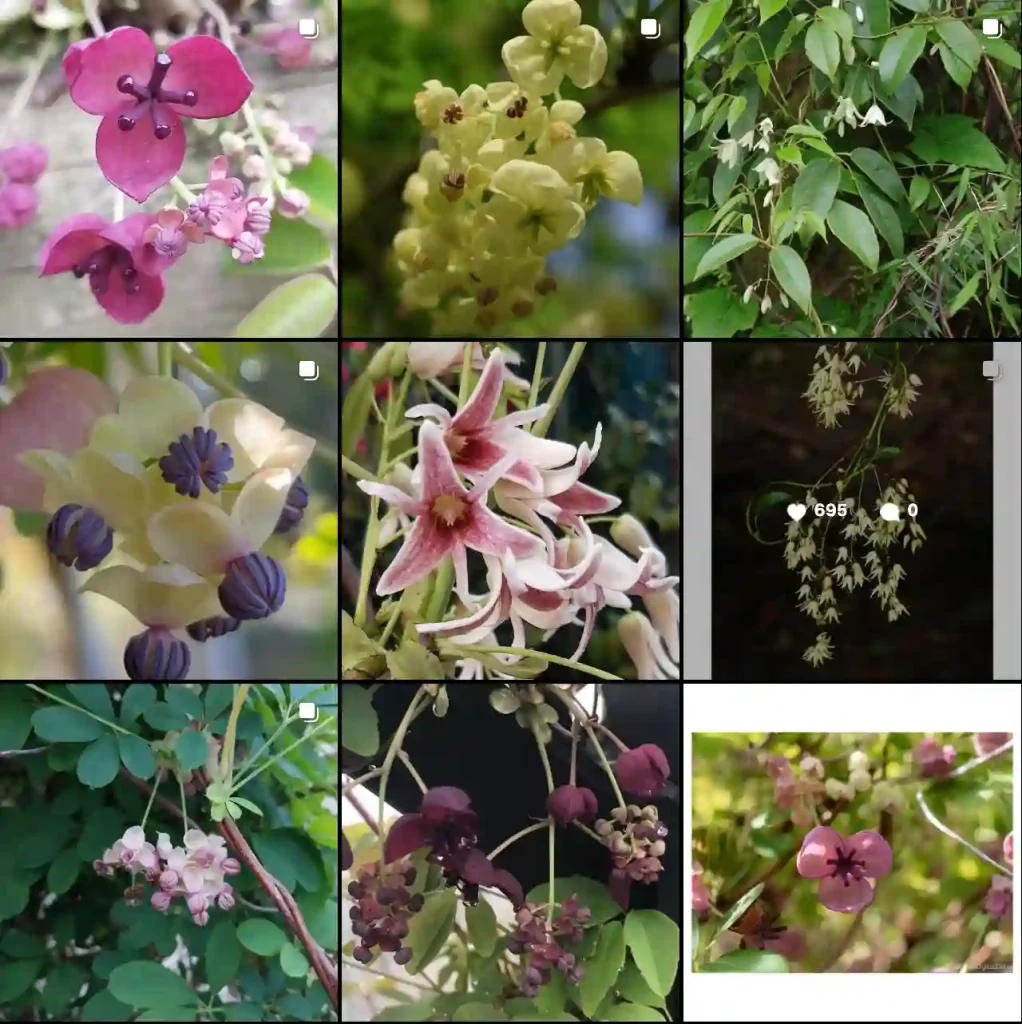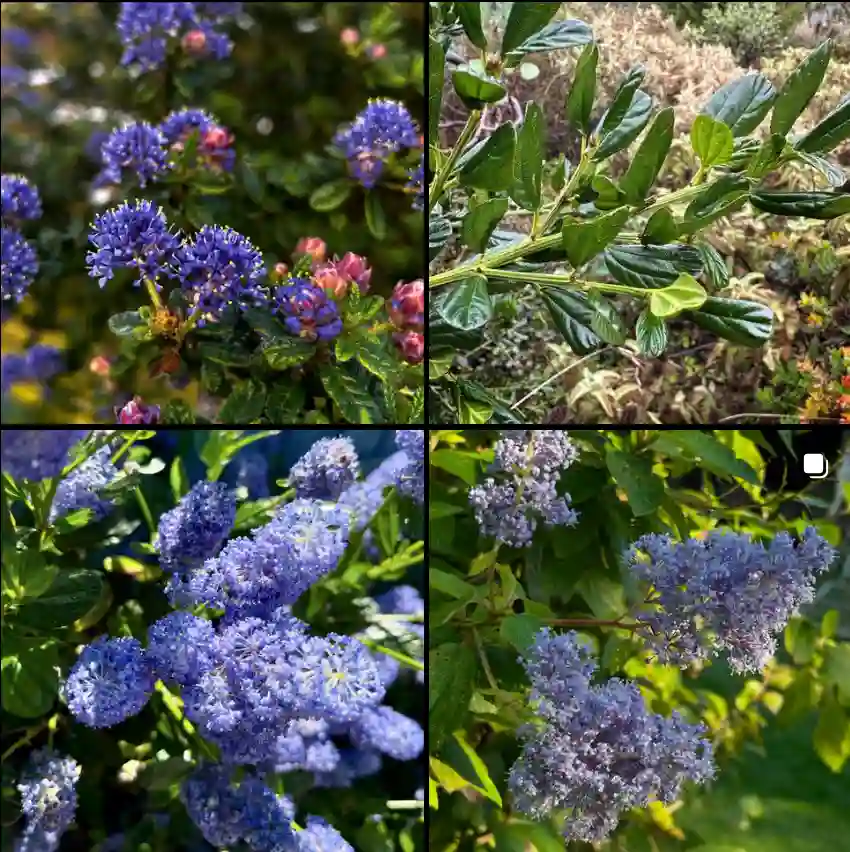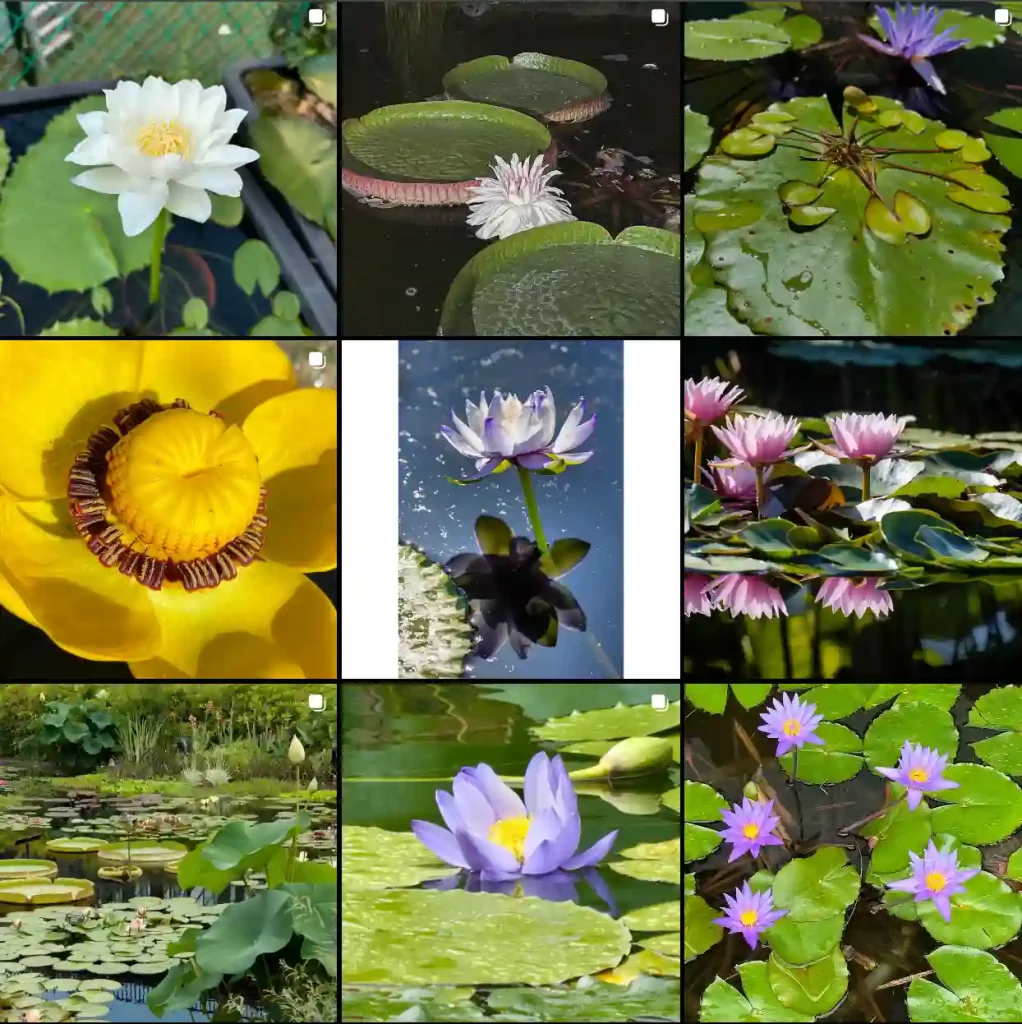My Fascination with the Hypericaceae Family
The Hypericaceae family, also known as the St. John’s wort family, has always held a special allure for me. There’s something about their vibrant yellow flowers and their historical medicinal uses that sparks my curiosity. As a plant enthusiast, I find myself drawn to their unique characteristics and the ecological roles they play.
A Global Family with Diverse Members
The Hypericaceae family boasts a wide distribution, with members found in various regions across the globe. They thrive in temperate and subtropical areas, adding a splash of color to diverse landscapes. From North America to Europe, Asia, and even parts of Africa and Australia, the Hypericaceae have made their mark.
Genera of the Hypericaceae Family
The Hypericaceae family encompasses a diverse range of genera, each with its own unique charm. Let’s explore members of this family:
- Cratoxylum: This genus, found across tropical Asia, comprises trees and shrubs that add a splash of vibrancy to their surroundings. They are known for their distinctive bark, which can be strikingly colorful, often in shades of yellow, orange, or pink. Their leaves, too, contribute to the visual appeal, as they emerge in a vivid red hue before maturing to green. Beyond their ornamental value, Cratoxylum species have long been utilized in traditional medicine for various ailments, highlighting their significance in local cultures.
- Eliea: Endemic to the unique biodiversity hotspot of Madagascar, Eliea is a small genus encompassing shrubs that contribute to the island’s rich tapestry of life. These plants are recognized by their shrubby growth habit and their bright, cheerful yellow flowers that dot the landscape. While the genus may be limited in its distribution, it plays a vital role within its native ecosystems, providing resources for pollinators and contributing to the overall ecological balance.
- Harungana: A monotypic genus represented solely by the species Harungana madagascariensis, this plant holds a significant place in the flora of tropical Africa and Madagascar. Growing as a shrub or small tree, it boasts several distinctive features, including its medicinal properties, which have been harnessed in traditional healing practices for centuries. Additionally, its orange sap, released when the bark is cut, serves as a visual marker of its identity and potential uses.
- Hypericum: Arguably the most well-known genus within the Hypericaceae family, Hypericum, commonly referred to as St. John’s wort, encompasses a wide array of species distributed across the globe. The genus showcases remarkable diversity, ranging from herbaceous perennials to shrubs and even small trees. Some Hypericum species have gained recognition for their medicinal properties, particularly in the treatment of mild depression. Others are cultivated for their ornamental value, adding pops of color to gardens with their vibrant yellow flowers. However, it is worth noting that certain species within this genus can also be considered invasive weeds, highlighting the complex ecological interactions they can have. – 525 Species in Genus Hypericum
- Psorospermum: This genus, distributed across tropical Africa and Madagascar, features plants that often exhibit glandular leaves, adding a unique texture and visual element to their appearance. Their flowers, while typically small, offer a subtle beauty in shades of yellow or white. Psorospermum species are an integral part of the ecosystems they inhabit, contributing to the biodiversity and providing resources for various organisms.
- Vismia: Found in tropical regions worldwide, Vismia comprises plants known for their often sticky leaves, a result of glandular secretions that can serve various purposes, such as deterring herbivores or attracting pollinators. These plants further captivate with their colorful, berry-like fruits, adding a splash of vibrancy to the landscape. Vismia species play essential roles in their ecosystems, serving as food sources for wildlife and contributing to the overall ecological dynamics.
Beyond Beauty: Ecological Significance
The Hypericaceae family plays a vital role in the ecosystems they inhabit. Their flowers provide nectar and pollen for pollinators, supporting biodiversity. Additionally, some species serve as larval host plants for butterflies and moths, contributing to the intricate web of life.
Medicinal Potential and Beyond
Throughout history, various members of the Hypericaceae family have been used in traditional medicine. St. John’s wort, in particular, has been extensively studied for its potential antidepressant effects. While further research is needed, it highlights the potential therapeutic value of these plants.
Beyond their medicinal uses, the Hypericaceae family offers other benefits. Some species are cultivated as ornamental plants, adding beauty to gardens and landscapes. Their vibrant flowers and attractive foliage make them a popular choice among gardeners.
A Family Worth Exploring
The Hypericaceae family continues to captivate me with its diversity, beauty, and ecological significance. From the iconic St. John’s wort to the lesser-known but equally fascinating genera, each member of this family holds a story waiting to be discovered.
Whether you’re a botanist, a gardener, or simply someone who appreciates the wonders of nature, the Hypericaceae family is worth exploring. Their vibrant presence in our world reminds us of the interconnectedness of all living things and the potential for discovery that lies within the plant kingdom.
If i die, water my plants!



